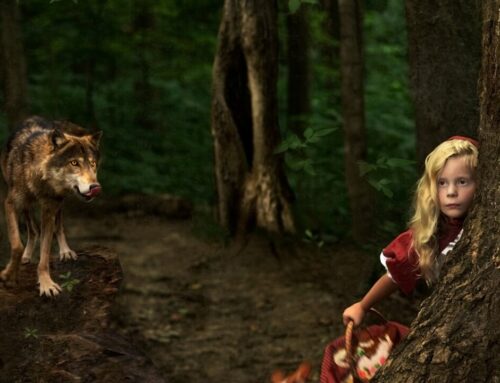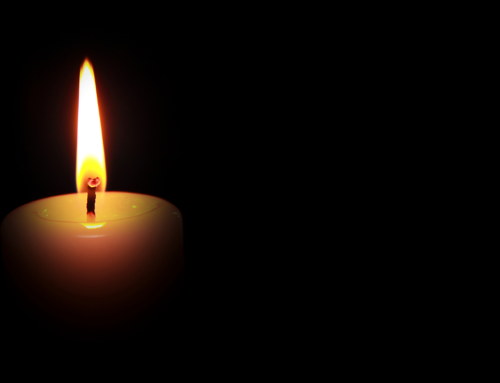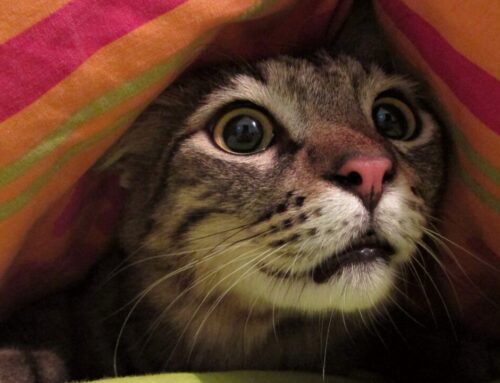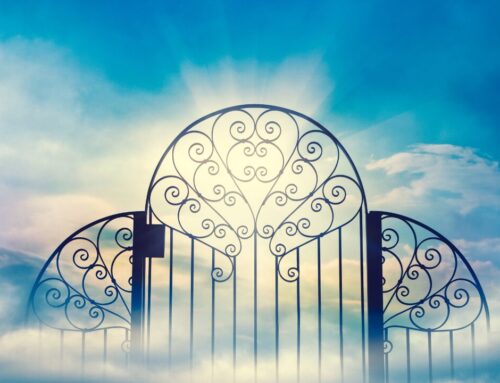77 Nutcrackers Lost in the Divorce
By: Peggy Willms
(4 min read)
At one time, I had 77 nutcrackers (one-quarter of them were signed, hand-painted Susan Millfords). Why do I remember the exact number? Because I displayed them year-round and dusting those wooden jar-droppers took a fine hot minute. Below are a few examples of my collection.
How I lost those beauties in the divorce, one will never know. But, as with most divorces, I suspect he took them out of spite because he knew I loved them. When I packed up our belongings for the split, they were clearly labeled and placed in the “you get” and “I get” piles. How did that go for me? The box “disappeared.” Stay tuned for a twist.
My sons’ dad and I get along very well, especially post-divorce. We always put our sons first, so our crap was ours. We never used them as pawns, and we have been together at all of their special events: races, graduation, wedding, and our grandson’s birthday party. We met in 1989 in Heidelberg, Germany. He was a soldier in the U.S. Army, and I was a medical secretary for the 130th Station Hospital. I had started the collection before we met, but in the early 90s, after moving to Colorado, we expanded the collection by purchasing some from an estate sale. So, after our split, the Black Forrest cuckoo clock and 30 hand-painted Bosson heads were also missing in action. Here are a few examples.
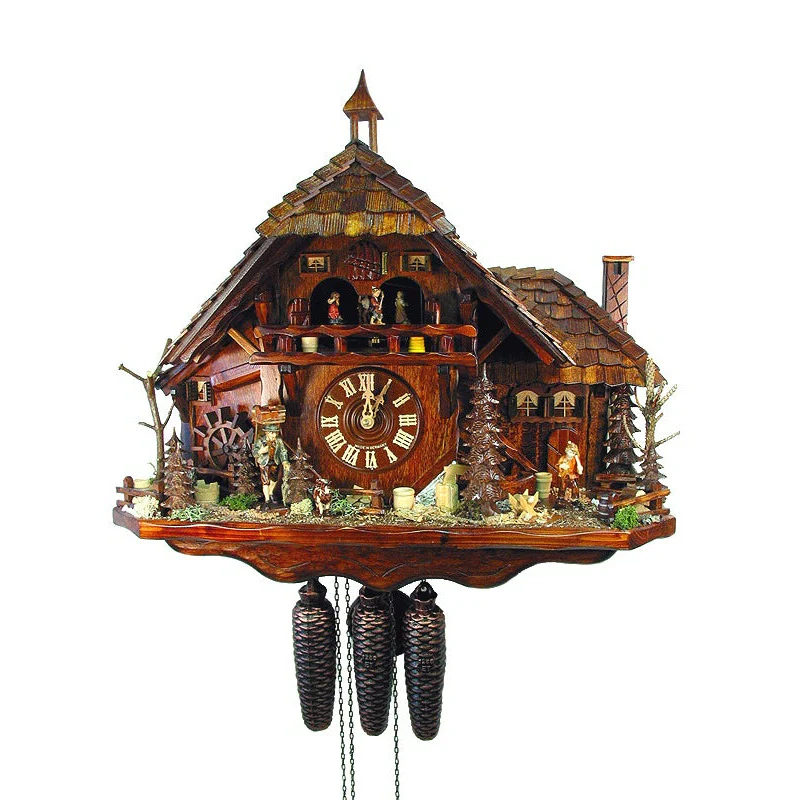
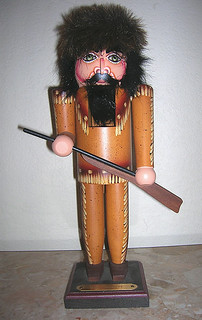



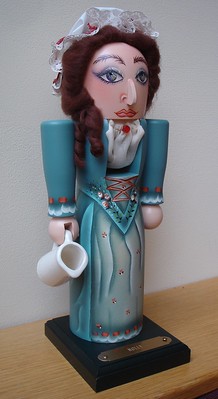

Living in Germany in the 80s and 90s introduced holidays to me from a few different angles, and one of them was the popularity and importance of nutcrackers and their history. I love all things Christmas, so not having the nutcrackers has always been a soft jab in the heart. Anytime I see them, I stop for a minute, look at all the details, and wonder whose paintbrush swirled on the last touches.
When thinking about nutcrackers, most people think of Christmas or the ballet, The Nutcracker. Yet, the oldest known metal nutcracker dates to the third or fourth century B.C. and is shown in a museum in Taranto, Italy. A bronze Roman nutcracker, found in 1960, is on display at the Leavenworth Nutcracker Museum, dated between 200 B.C. and 200 A.D.[1]
By the 1700s, nutcrackers appeared throughout Germany in the shapes of kings, soldiers, church leaders, police officers, and other authoritative figures who were not considered popular characters by the people at that time.
These figures represented a mockery of the power between oppression, hardship, and the division of the ruling class and the working class. Among the German people, they symbolized their desire to free themselves from the oppressive kings, soldiers, and religious leaders of that time. Placing a nut inside a German nutcracker’s mouth symbolized the commoner crushing the ruling class instead of the ruling class crushing the common man.[2]
The term “Nussknacker” first appeared in the dictionary of the Brothers Grim. It was defined as the form of a misshaped little man in whose mouth the nut, using a lever or screw, is cracked open. In 1872, Wilhelm Fuchtner, known as the father of the nutcracker, used a wood lathe which led to the nutcrackers being duplicated in its first commercial production.
As a representation of power and strength, German nutcrackers were thought to protect their owners from danger by baring their teeth and scaring away bad luck and evil spirits.
The ballet version of the figurine was first scored in 1892 in Russia, but it became most famous when many Russian dancers and composers moved to the U.S. after the Russian Revolution in 1917. The play and the gifting of many nutcrackers given by returning soldiers from Europe grew after our nation climbed its way out of the Great Depression, increasing the commercialism of the Nutcracker. In 1954, George Balanchine modernized the play to align more with middle-class family life. “Fathers dance with their daughters with gentle ceremony and decorous affection; mothers come to the rescue of sons left without a dance partner; children squabble and their parents smooth things over; and, most important, the pleasures of holiday feasting are presented unalloyed by working-class anxiety or upper-class decadence.”
In 1961, First Lady Jacqueline Kennedy began the tradition of selecting a theme for the official White House Christmas tree, and in 1990, Barbara Bush took on the theme for a second time.
Apparently, there have been many other versions to include, including reggae, hip-hop, and salsa versions contributing to the sense that The Nutcracker is for everyone.
This past week, we went to the historic botanical gardens in the town where we are staying. This time of year, they decorate it to the nines for the holidays; what a beautiful sight. Across the 170 acres, there are over 1600 plant species, the site of the largest Día de Los Muertos (day of the dead) celebration outside of Mexico, which displays eight-foot-tall statues and impeccable Asian, Brazilian, and Caribbean gardens.[3]
Yet, I find myself drawn to the nutcrackers. What is my infatuation with these chiseled statues? They intrigue me more than angels, snowmen, and even Santa. When we walked into our hotel a few weeks ago, I found myself staring at the nutcrackers in the lobby. My favorite ones are outside the typical green and red ones; mix it up – blues, golds, pink, and purples.
Let’s wrap this back to my original collection. Ready for an update?
Last year, when visiting my oldest son, I waited for him to return from dinner at his dad’s. He walked in the front door carrying a colossal Tupperware bin. He said, “Mom, you will never guess what this is?” I knew before he said anything. I screamed, “Shane, are those my nutcrackers and faces? He smirked.
His dad was packing to move to a new house and found the infamous labeled box in the attack. THE ORIGINAL TAPED BOX marked “faces.” He said he sincerely had no idea they were in the attic and wasn’t sure where the nutcrackers or clock were. Of course, he can be a teaser and turd, so I wasn’t sure he was telling the truth this time. But he seemed sincere. The emotion I felt gently opening the box I packed 17 years earlier is difficult to put into words. They remain at my son’s house, re-wrapped as tightly as they originally were. The nutcrackers and clock are still missing. Who knows they may rise from the dead someday, too.
Today, Dana and I will go for a walk. Each day, we pass a home with six-foot nutcrackers adorning the front stairwell of their mini-mansion, and I stop each time. My nutcrackers are somewhere out there making someone happy, so I have let go of that. However, someday soon, this bad boy will be displayed in front of my house, year-round, to ward off evil spirits – no more hurricanes would be lovely, too.
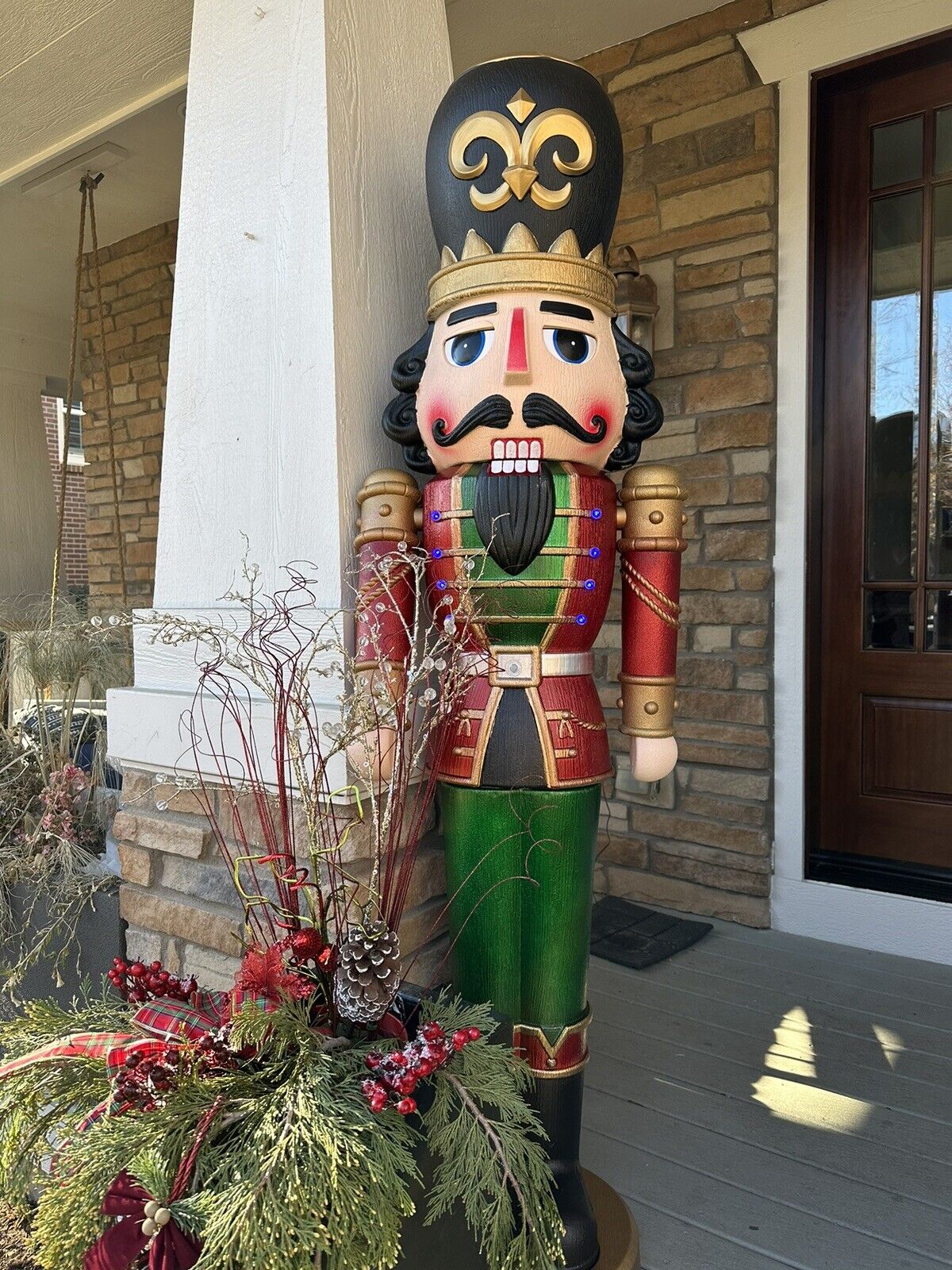
[1] http://www.nutcrackermuseum.com/history.htm
[2] https://www.christkindl-markt.com/german-nutcrackers-really-crack-nuts-a-51.html
[3] https://www.naplesgarden.org/
Peggy Willms
All Things Wellness, LLC
peggy@allthingswellness.com
The information provided is the opinion of the author. It is not a substitute for professional medical advice: diagnosis or treatment. The author, the business, All Things Wellness, LLC, and its owner Peggy Willms, are not liable for risks or issues associated with using or acting upon the information in this article or website. We assume no responsibility for tangible and intangible damages such as physical harm caused by using a product, loss of profits or loss of data, and defamatory comments. This post may contain affiliate links. As an Amazon Associate, I may earn from qualifying purchases.


